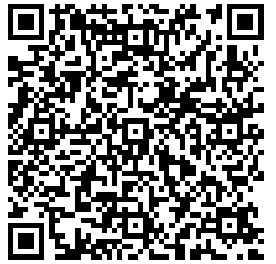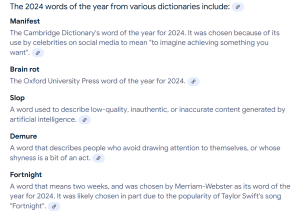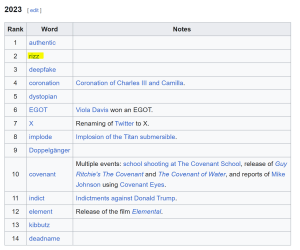ELA 9 Comparing Presentation Samples: Good/Bad Characteristics
What does it take to develop a visual presentation that draws an audience in and engages them?
One of your Comprehend and Respond curriculum objectives is to recognize the Textual Features of different genres, including Presentations. Since you will soon be making your own Presentations, it’s helpful for you to compare project samples to identify what they’ve done well and what can be improved on.
The Curriculum Objectives you are practicing are:
- CR 9.3b Use textual cues/conventions to construct meaning, monitor understanding, and confirm meaning.
- Textual Cues:
- recognize and explain how structures and text features can work to shape understanding including:
- text features: headings, diagrams, columns or charts, sidebars, images, colours of background, colours and size of font, organization of text on the page, amount of information used per page, etc.
- recognize organizational patterns within texts: chronological sequencing versus compare and contrast organization.
- recognize and explain how structures and text features can work to shape understanding including:
- Textual Cues:
Look through these presentation examples. What qualities of them do you notice are positive and negative?
B7.4.1 Comparing Presentation Techniques
Developing your own Comparison Presentation satisfies these curriculum objectives:
- Compose and Create 9.3b
- Use proper before, during, and after strategies for representing
- Use Textual codes and conventions to create organization and sequencing of information in a presentation.
- Compose and Create 9.5a
- create and present a variety of visual and multimedia presentations to best represent message for an intended audience and purpose.
- 9.5b analyze, organize, and convert information for different formats (charts, graphs, drawings, and organizers)
- 9.5c communicate using resources as overhead projector, computers, recorders, and other presentation software.
What makes a good presentation? Read below for some basics.








